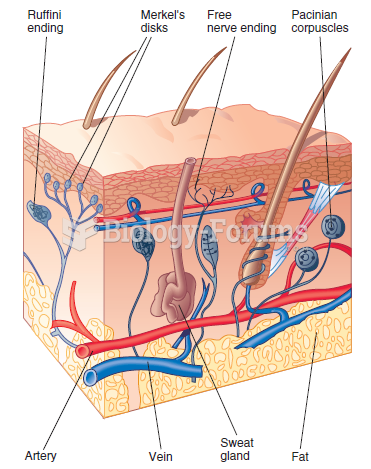Answer to Question 1
ANS: C
Physiologic jaundice becomes visible when the serum bilirubin reaches a level of 5 mg/dL or greater, which occurs when the baby is approximately 3 days old. This finding is within normal limits for the newborn. Pathologic jaundice occurs during the first 24 hours of life. Pathologic jaundice is caused by blood incompatibilities, causing excessive destruction of erythrocytes, and must be investigated. Breast milk jaundice occurs in one third of breastfed infants at 2 weeks and is caused by an insufficient intake of fluids.
Answer to Question 2
ANS: D
A psychologic factor is not one of the essential factors in the initiation of breathing; the fourth factor is sensory. The sensory factors include handling by the provider, drying by the nurse, lights, smells, and sounds. Chemical factors are essential for the initiation of breathing. During labor, decreased levels of oxygen and increased levels of carbon dioxide seem to have a cumulative effect that is involved in the initiation of breathing. Clamping of the cord may also contribute to the start of respirations. Prostaglandins are known to inhibit breathing, and clamping of the cord results in a drop in the level of prostaglandins. Mechanical factors also are necessary to initiate respirations. As the infant passes through the birth canal, the chest is compressed. With birth the chest is relaxed, which allows for negative intrathoracic pressure that encourages air to flow into the lungs. The profound change in temperature between intrauterine and extrauterine life stimulates receptors in the skin to communicate with the receptors in the medulla. This also contributes to the initiation of breathing.






